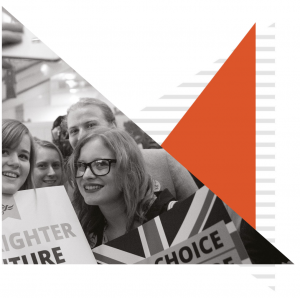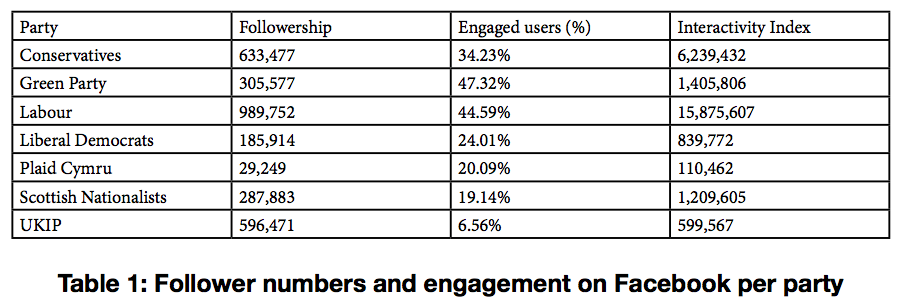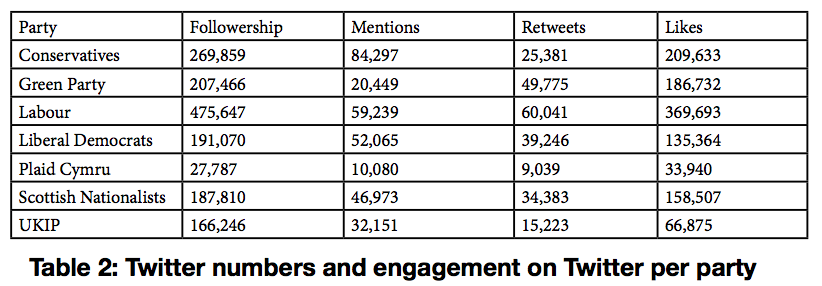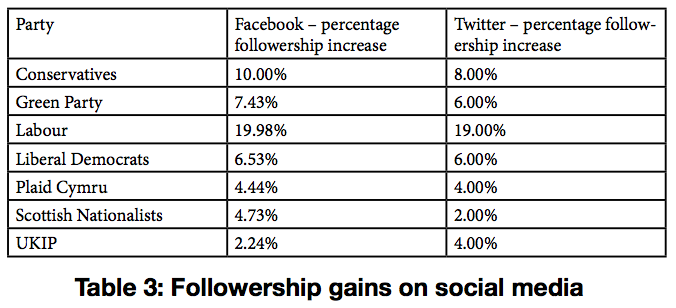
Dr Darren Lilleker
Associate Professor of Political Communication at Bournemouth University.
Email: dlilleker@bournemouth.ac.uk
Twitter: @DrDGL

Section 5: The Digital Campaign
- Corbyn, Labour, digital media, and the 2017 UK election
- Was it ‘AI wot won it’? Hyper-targeting and profiling emotions online
- Sharing is caring: Labour supporters use of social media #GE2017
- Labour’s social media campaign: more posts, more video, and more interaction
- The alternate and influential world of the political parties’ Facebook feeds
- Social media and the Corbyn breakthrough
- The UK digisphere and the 2017 election
- From voices to votes: how young people used social media to influence the General Election
- All LOLs and trolls
2017 is perhaps the first social media election, in terms of the likelihood of political activities taking place on social media having an impact upon voter turnout. It would be wrong to claim the election was decided online, rather that the key youth demographic who turned out in greater numbers is likely to have been exposed to, and thus mobilised by, communication promoting Labour online. As in the run-up to the election of Obama in the US in 2008 a left-leaning milieu had become highly active, independent media such as Another Angry Voice or The Canary became fervent supporters of Jeremy Corbyn. Momentum was created as a campaign organisation to promote him and his policies. Party involvement in online communication proved tentative prior to the election contest. However, as the party machine swung into action the activists began to promote its content. Social media may not have been dominated by Labour, but if you had any politically interested friends in your network there was a higher chance of seeing a Labour message. This is clear in the data displayed below.
The online environment is a complex one. A range of brands push their messages, many paying for the access to the communities of users of a platform. Political parties create free profiles; they are therefore not promoted automatically by the algorithms that deliver content to user news feeds. However if parties receive high numbers of shares this activates an alternative algorithm which promotes content based on popularity. Hence to be a successful a party needs a highly energised and active followership. Followers of parties need to be driven by intrinsic motivations, passion for the cause basically. Followers also need to feel that there will be rewards for promoting a party. Rewards can be provided by an election outcome. As polls tighten the drive to support the party users are passionate about increases and therefore activity likewise strengthens. But rewards are also provided by the user’s network. If a user shares content and their network likes it in large numbers this motivates them to share similar material. Research demonstrates that online rewards from within a network, from peers, is powerful and can actually contribute to increasing the passion of the individual for a cause. We might therefore hypothesise that a person accidentally exposed to a political message they agree with, and who then shares that message will, if they get positive feedback in the forms of likes and comments, share more similar material. There is therefore a virtuous circle at work here.
SoTrender provide data on Facebook and Twitter which allows the disaggregation of activities relating to a brand’s profile. Comparing the parties for number of followers, the percentage of those followers who engaged with the campaign and the overall interactivity for the last four weeks of the campaign May 12-June 8 we see the extraordinary advantage Labour had. Table 1 shows the data for Facebook. These figures indicate how shareable the content of each party was. UKIP’s active support collapsed compared to 2015, the other parties struggled, but Labour had the highest followership, the second highest but overall largest number of engaged users and so over double the interactions with their content as their closest rival.
The Twittersphere shows less dramatic differences but Labour had a much larger followership and while not the most mentioned they were far more retweeted and liked. Their nearest rivals for gaining the retweets and likes that afford greater reach were relatively minor players. The mentions figure includes trolling, in this respect it is likely the Conservatives at times had a fairly hostile reception on Twitter.
The only real effect that can be judged by this is the increase in followership over the course of the campaign. The hypothesis is here that having an engaged followership equates to greater reach which in turn generates increased interest and followership. Table 3 shows the percentage increase for each platform over the course of the four week campaign. Again the story is one of exponential gains by Labour, sound gains by the Conservatives and the minor parties lagging behind.
These data reveal some interesting patterns. Interest in Labour increased by almost 20%, arguably this is evidence of the party benefiting from the high levels of activism among their supporters. The interest may well have been stimulated by partisan, or at least pro-Corbyn, platforms such as Momentum and The Canary. However the party as a whole benefitted and the campaigns locally also turned to social media. Strong performances by Momentum branches may have contributed to surprise results: such as Labour taking second place in true-blue Poole with a 16.6% swing. Labour’s social media team supported this by creating far more videos, the most shareable and promoted form of content, so understanding the dynamics of social media far better than their rivals. The data also shows the collapse in interest in UKIP, and the Liberal Democrats not regaining anything near their support levels prior to 2010. These are indications that social media dynamics have parallels with the outcomes at the ballot box. In this respect social media may have played a key role in Labour bypassing the largely hostile mainstream media, getting support for their platform and encouraging interest, building support for Corbyn and the party, and mobilising the youth vote that seems to have been crucial in ensuring the Conservative majority was lost. Had the campaign reached and persuaded a further 2,227 to turnout in key marginal constituencies there is a likelihood Jeremy Corbyn would now be prime minister.



